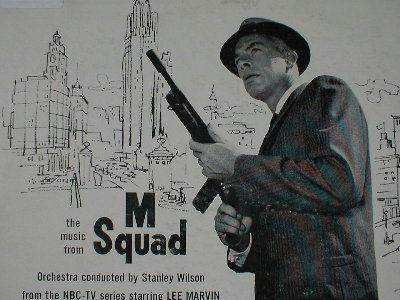
Main article: Extrajudicial executions in Egypt In Southeast Asia, extrajudicial killings were conducted by both sides during the Vietnam War.Īfter being caught dumping the bodies of his victims during the Tet Offensive in Saigon, Nguyễn Văn Lém, the commander of a Viet Cong unit tasked with murdering South Vietnamese police officers and their families, was extrajudicially executed on camera by Police General Nguyễn Ngọc Loan on 1 February 1968.Īs of 2010, death squads have continued to be active in several locations, including Chechnya, Afghanistan, the Democratic Republic of the Congo, the Central African Republic, Nigeria, Colombia, Venezuela, Iraq, Yemen, Egypt, Saudi Arabia, Sudan, South Sudan, Syria, Somalia, Kenya, Tanzania, Pakistan, Bangladesh, Myanmar and the Philippines, among others.īy continent Africa Egypt Battalion 316 received substantial training from the United States Central Intelligence Agency. Hundreds of people, teachers, politicians, and union leaders were assassinated by government-backed forces. Honduras also had death squads active through the 1980s, the most notorious of which was the army unit Battalion 316. Death Squad activity stretched well into the Reagan years (1981–1989) as well. and led to a temporary cutoff in military aid at the end of his presidency. These events prompted outrage in the U.S. funding and military advisors during the Carter administration.

The murderers were found to have been soldiers of the Salvadoran military, which was receiving U.S. Priests who were spreading liberation theology, such as Father Rutilio Grande, were often targeted as well. Death squads were instrumental in killing hundreds of real and suspected Communists. In December 1980, three American nuns, Ita Ford, Dorothy Kazel, and Maura Clarke, and a lay worker, Jean Donovan, were gang raped and murdered by a military unit later found to have been acting on specific orders. See Operation Condor for examples.ĭuring the Salvadoran Civil War, death squads achieved notoriety on 24 March 1980, when a sniper assassinated Archbishop Óscar Romero as he said Mass inside a convent chapel. The Chilean military regime of 1973–1990 also committed such killings. For example, Alianza Anticomunista Argentina was a far-right death squad mainly active during the "Dirty War". Argentina used extrajudicial killings as a way of crushing the liberal and communist opposition to the military junta during the " Dirty War" of the 1970s. In Latin America, death squads first appeared in Brazil where a group called Esquadrão da Morte (literally "Death Squad") emerged in the 1960s they subsequently spread to Argentina and Chile in the 1970s, and they were later used in Central America during the 1980s. It was also used during the Battle of Algiers by Paul Aussaresses. It officially installed Iron Guard death squads in 1936 in order to kill political enemies. The term was first used by the fascist Iron Guard in Romania.

When death squads are not controlled by the state, they may consist of insurgent forces or organized crime, such as the ones used by cartels.Īlthough the term "death squad" did not rise to notoriety until the activities of such groups became widely known in Central and South America during the 1970s and 80s, death squads have been employed under different guises throughout history. They may also be organized as vigilantes, bounty hunters, mercenaries, or contract killers. They may comprise a secret police force, paramilitary militia groups, government soldiers, policemen, or combinations thereof. Other violence, such as rape, torture, arson, or bombings may be carried out alongside murders. Death squads are distinct from assassination from their permanent organization and the larger number of victims (typically thousands or more) who may not be prominent individuals.

Except in rare cases in which they are formed by an insurgency, domestic or foreign governments actively participate in, support, or ignore the death squad's activities. German-employed death squad murders Soviet civilians, 1941Ī death squad is an armed group whose primary activity is carrying out extrajudicial killings or forced disappearances as part of political repression, genocide, ethnic cleansing, or revolutionary terror. JSTOR ( December 2020) ( Learn how and when to remove this template message).Unsourced material may be challenged and removed. Please help improve this article by adding citations to reliable sources. This article needs additional citations for verification.


 0 kommentar(er)
0 kommentar(er)
